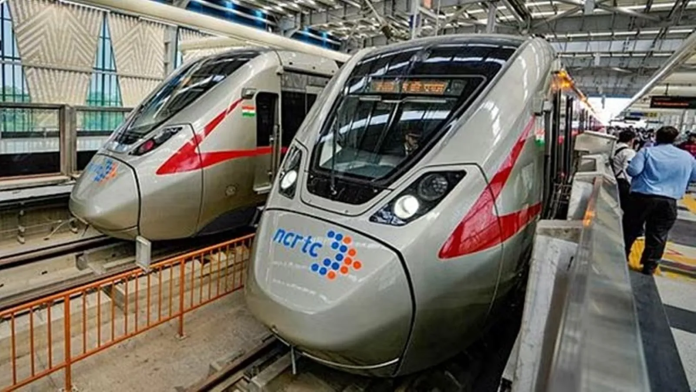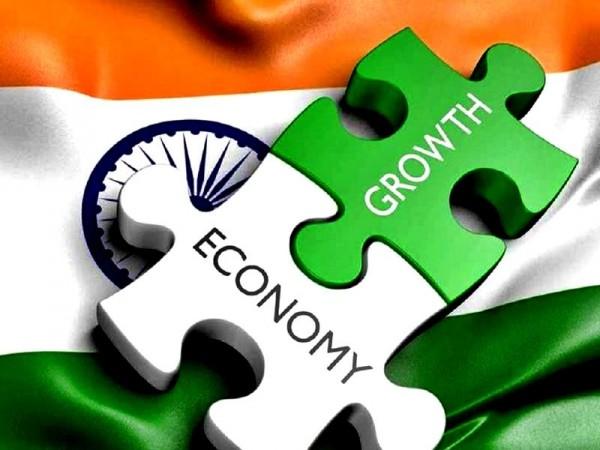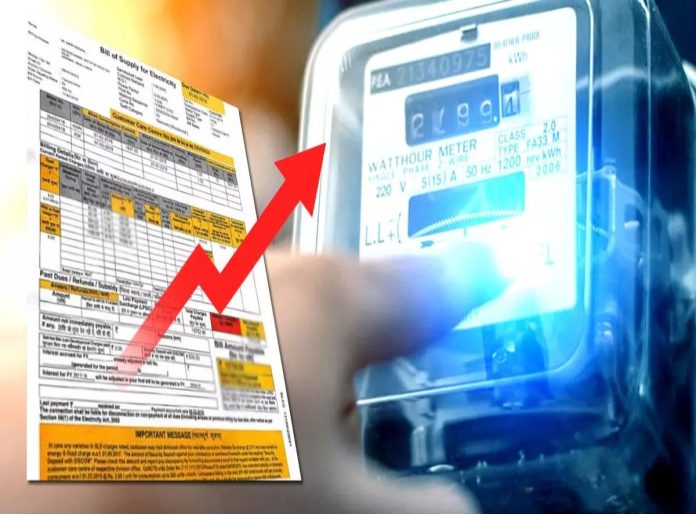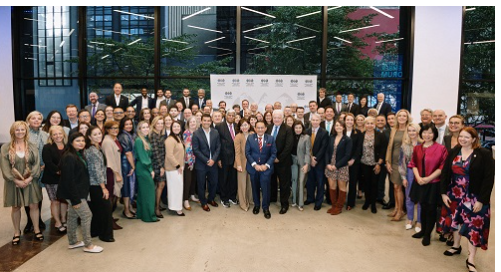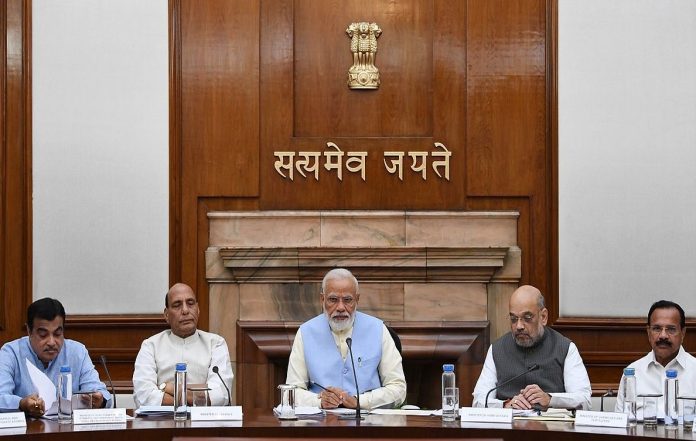Hyderabad, October 05, 2024: The three-day Global South Conference on Infection Prevention, Control and Antimicrobial Stewardship(G-SPARC)-2024 which is being attended by well over 2000 delegates concluded on Saturday evening.

Prof. GVS Murthy, President, PRASHO; R Govind Hari, Chairman, PRASHO; Dr. Ranga Reddy Burri, Chairman G-Sparc; Dr. Raghu N Reddy, Co-Chair of G-Sparc and Continental Hospitals; Dr. Shamanna, Professor, University of Hyderabad; Sri. B J Rao, Vice Chancellor, University of Hyderabad; Mr. Gareth Wynn Owen, Deputy High Commissioner, UK Consulate, Hyderabad and Mr. Nkwan Jacob Gobte, Honorary Secretary, ICAN graced the closing function
R Govind Hari, Co-Chair, G-SPARC 2024 gave a welcome address.
The organisers have unveiled G-SPARC 2024, Hyderabad Declaration. Two White papers on AMR and State Action Plans for containment in India and Oral Health and AMR Declaration. It presented 21 recommendations in its Hyderabad Declaration. The following are a few highlights of the 21 recommendations.

The declaration said AMR is a manmade disaster and has to be fought by concerted action.
Countries must institute effective and efficient surveillance and monitoring mechanisms.
Strong collaborations must be forged between Global South countries. The countries must support each other and stop the emergence of AMR and newer strains.
All countries in the global south must articulate strategies and action plans to combat AMR.
The high-income countries in the world should allocate a healthy proportion of their GDP to help Global South countries to fight AMR.
To see that at least 60% of countries have funded national action plans on AMR by 2030.
The Global Anti-Microbial Resistance Multi-Partner Trust Fund mooted by the UNGA (United Nations General Assembly) should prioritize countries of the Global South.
UNGA should target that at least 70% of Antibiotics used for Human Health globally should belong to the WHO Access Group Antibiotics with relatively minimal side effects and potential to cause AMR.
The One Health approach should be the cornerstone of all AMR activities.
Adequate funding should be earmarked for awareness campaigns
It strongly recommended that across the Global South, no Antibiotics including topical preparations should be dispensed without a qualified health practitioner’s prescription
G-Sparc calls for India’s remaining g states and union territories to develop and implement state-level Action Plans by 2026.
Every health facility must have an Infection, Prevention, Control and AMR committee
Community engagements are critical in reducing AMR and improving IPC practices.
During the closing ceremony, three MoUs were signed and exchanged.
One MoU was signed and exchanged between PRASHO & Oxford Brookes to Design and Offer Academic Programs to improve public health capacity including in WASH, IPC & AMS. The MoU was exchanged between Dr. Sarah Howcutt, Lead of Public Health & Sri. R Govind Hari, Chairman, PRASHO.
The second MoU was between SCIINV from Telangana, India & Microbira UK. Two prominent startups who are building digital tools for improving AMR diagnostic capacity to form a Joint Venture to jointly invest & further develop tools for containment of AMR. Dr. Marianne Ismail of Microbira, Dr. Ratnakar, Dr. Pradeep and Mr. Krishna Burri from SCIINV participated and exchanged the MoU.
The 3rd MoU was signed between ICAN & IFCAI, for a deeper collaboration for improving policy and practices of IPC and AMS in Global South. Prof. Chedli Azouzz and Prof. Ranga Reddy Burri exchanged the MoU.
Awards were presented to five leaders in AMR and IPC (Infection Prevention Control) and Three hospitals for best practices in AMR. They include Prof. Purva Mathur – AIIMS Delhi; Prof. Chedili Azzouz, Chairman, ICAN; Dr. Anuj Sharma – WHO India Country Office; Ms. Shailaja Teacher – fomer. Health Minister Kerala. She was not present in person to receive the same. Dr. Annie Thakore received the Award on her behalf.
The other recipients were Prof. Shaheen Mehtar – South Africa. Mr. Nkwan Jacob Gobte, Honorary Secretary, ICAN received her behalf.
Awards for excellence in the IPC & AMS Hospitals category were presented to AIIMS, Delhi, Dr. Purva Mathur received the award; Continental Hospitals, Dr. Guru N Reddy received the award and Pranaam Hospitals, Dr. Maneesh Gour received it on behalf of the hospital.
The objective of the conference was to provide a platform for Infection Prevention and Control (IPC), Antimicrobial Resistance (AMR), and Patient Safety stakeholders from Global South.
G-Sparc was organized by the Infection Control Academy of India (IFCAI); University of Hyderabad (UoH); Pragyaan Sustainable Health Outcomes Foundation (PRASHO)
Neel Achary
